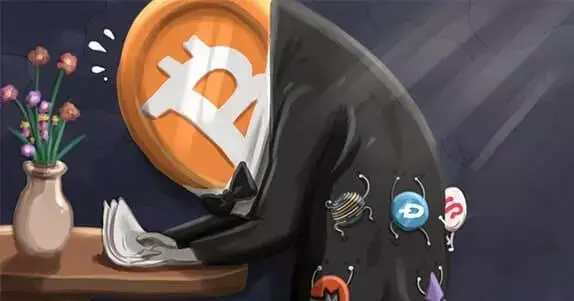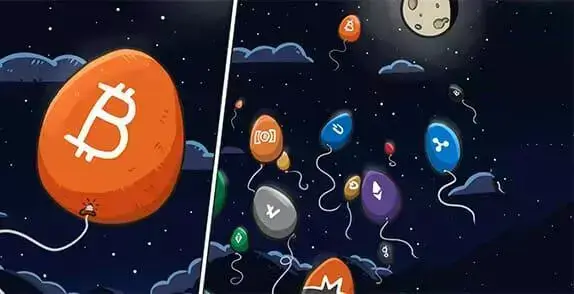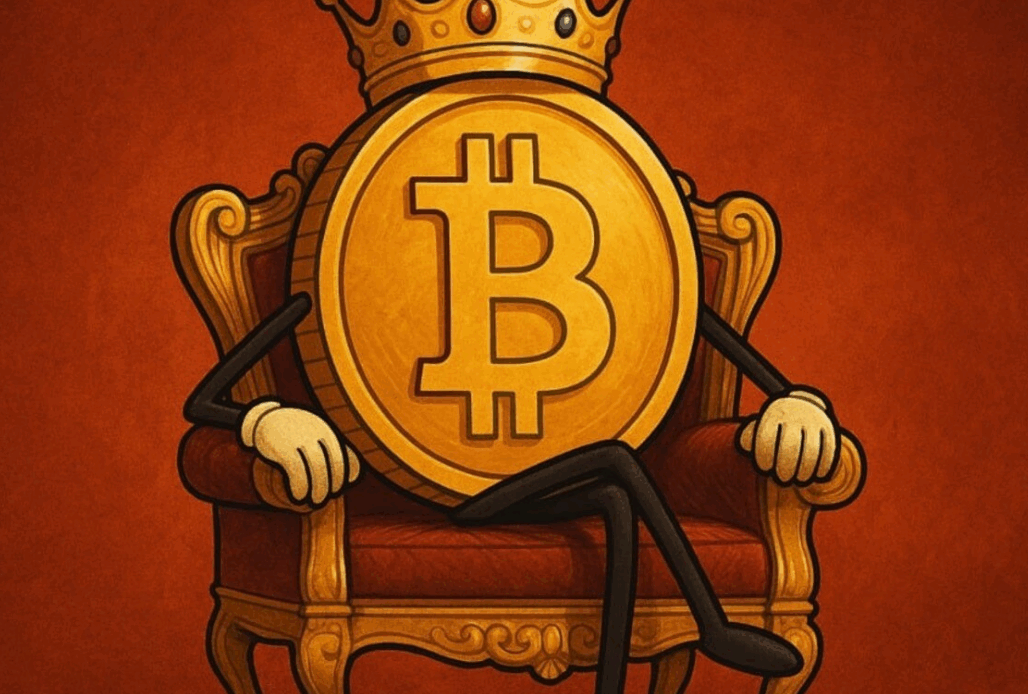Introduction
📉 Cryptocurrency investors are divided into two major groups: conservatives who prefer Bitcoin, and supporters of altcoins. The latter often bet exclusively on alts, hoping for higher returns.
Simply put, “all in alts” means that all funds are invested in altcoins (all cryptocurrencies except Bitcoin). However, such an approach requires an understanding of both advantages and serious risks.

Key features of altcoins
Altcoins form a multilayered ecosystem of digital assets: from large projects like Ethereum or Solana to low-liquidity tokens with questionable reputations. They are characterized by:
- lower market capitalization and high volatility;
- dependence on technological progress within the project;
- heightened sensitivity to regulatory news;
- limited liquidity on many exchanges.
If Bitcoin is perceived as “digital gold,” then altcoins resemble venture investments: the growth potential is higher, but the risk of losing capital is also significantly greater.
Why choose only altcoins
- Expectation of big multiples. Stories of tokens multiplying dozens or even hundreds of times in just a few months push investors to abandon “slow” Bitcoin.
- Distrust of BTC. Some believe that Bitcoin has already exhausted its growth potential and has become too “institutional.”
- Participation in new technologies. Altcoins are often tied to trends — DeFi, metaverses, NFTs, asset tokenization. For investors, this is a chance to “be in the future.”

Risks of going all-in on altcoins
- Extreme volatility. 70-90% drawdowns are common for alts and can wipe out capital quickly.
- Regulatory threats. Many tokens exist in a “grey zone” and may be classified as securities, leading to trading restrictions.
- Low liquidity. Even during price surges, investors may struggle to sell assets without major losses.
- Technological risk. A project may fail to withstand competition, slow its development, or shut down entirely.
- Dependence on Bitcoin. Historically, the altcoin market mirrors BTC trends, and a decline in the first cryptocurrency almost always drags the entire alt sector down.
Psychological aspect
An investor who has put everything into altcoins lives in constant uncertainty. Every piece of news can sharply change the portfolio’s value. This mode increases emotional pressure, provokes impulsive decisions, and hinders long-term planning.
Possible risk management strategies
Even with a focus on altcoins, there are several approaches to reduce vulnerability:
- Diversification within alts. Allocating funds between large projects (Ethereum, Solana, Cardano) and smaller tokens.
- Keeping part of capital in stablecoins. This helps preserve liquidity and reduce portfolio volatility.
- Using staking or DeFi tools. Earning yield from holding assets reduces the effect of “dead capital.”
- Gradually reallocating part of funds into Bitcoin. Even when focused on alts, it is worth considering its role as the market’s base asset.

🌱 Conclusion
Going all-in on altcoins is a high-reward yet maximum-risk strategy. For an investor, it can become either a path to exponential capital growth or a source of severe losses. Someone who invested everything in alts has no weekends or holidays. There are only endless mood swings, chats with fellow “survivors,” and the hope that “at least this project will go to the moon.”
Unlike Bitcoin, which functions as the crypto market’s “safe haven,” altcoins represent an experimental zone where success depends not only on financial investments but also on technological innovation, regulation, and demand dynamics.
The key takeaway: such a path requires cold calculation, strict risk management, and readiness for the possibility that the portfolio may lose a significant portion of its value.
All content provided on this website (https://wildinwest.com/) -including attachments, links, or referenced materials — is for informative and entertainment purposes only and should not be considered as financial advice. Third-party materials remain the property of their respective owners.


